On episode 25 of Shit We Don’t Talk About, Mia dives into the topic of disability and disabilities with empathic design expert Sheila Schneider.
Episode Transcript: Episode 25 – People with Disabilities
Designing For Disabilities
As an artist and industrial designer with a lifelong visual impairment, Sheila knows a thing or two about how disabilities change the way we interact with the world, and with each other. Sheila was the first visually impaired person in the world to earn a graduate degree in industrial design. She uses her design skills and life experiences to engage in what she calls “empathic design”. An empathic designer places themselves in the experiential and emotional “shoes” of others in order to design environments that will be supportive and responsive to the needs of those people.
When educating designers, often disabilities are simulated as part of the education and design process. While this is certainly helpful, until one truly lives with a disability and experiences all the challenges of a disabled person, empathetic design may fall short. Incorporating disabled individuals and their experiences into design teams and into the design process is insanely valuable in this respect.
Language, Labels, and Ableism
Language and labels matter. Sheila talks about “people-first” language versus disabled people language. People-first language puts the person before the disability. “Person with a visual impairment.” This language appears to have social and political drivers behind it and is often used by able-bodied people in an effort to avoid offending disabled people. Disabled people, however, prefer to use more direct terms like “blind person” or “visually impaired person”.
The able-bodied population can often make “able-ist” statements and gestures without even being aware of them. Offering to carry a person struggling with wheelchair access, for instance. Categorizing disabilities based on able-bodied abilities and being unaware of the actual consequences of a given disability can often be problems. Ableism can also show when infantilizing and de-sexualized disabled people.
What Can You Do To Help?
- Call your elected representatives and ask them to vote for repealing the subminimum wage provisions of the Fair Labor Act of 1938. This law allows employers to pay disabled workers less than minimum wage, and that is NOT OK!
- Pitch in! Offering to shop for a disabled person, or bring them shopping with you, might not seem like a big deal to you, but it is to them.
- Reach out. Simply reaching out to a disabled person to let them know you are ready to listen and help can be huge. Often, disabled people struggle to ask for help. Make it easier for them to do that!
- Promote and support businesses that are friendly and accessible to the disabled! Spread the word about them. Let the community know that they’re doing the right thing.
- Describe your social media photos whenever you can! Posting a picture for your friends is great. Describing that picture in your post is great for EVERYONE, including your visually impaired friends. Audio descriptions … according to Sheila .. are the bomb!
People to follow:
Andrew Pulrang (@AndrewPulrang) (writer, activist)
Imani Barbarin, MAGC | Crutches&Spice ♿️ (@Imani_Barbarin) – (writer, activist)
Dr Amit Patel (@BlindDad_Uk) (writer)
Matthew Cortland (@mattbc) (writer)
Rooted in Rights (@RootedInRights)
Rebecca Cokley (@RebeccaCokley) (Ford Foundation)
Kurt Yaeger (@kurtyaeger) – Actor
Additional Thoughts From Sheila on COVID-19 Vaccine Difficulty for PWD:
Being a disabled person trying to get the Covid-19 Vaccine is very difficult. In Champaign County in Illinois, we have vaccinated 20% of our population. That’s actually a fairly decent percentage however just 1 week ago I was finally able to get an appointment because just last week they opened the facilities up to those with “underlying health conditions” that are “16 – 64 years old”. What’s amazing about this is that there are places all over the country that still have no vaccine or a very limited amount of vaccine. As an example, Mark S. lives in Northern Illinois in a smaller farming community and he doesn’t have access to any vaccine, as yet. This becomes a problem for those individuals who are disabled or elderly as they have to remain closed off, in their homes or nursing facilities in contact with only their PCA’s (Personal Care Assistants) or nursing staff. This in turn limits their independence (going to work, getting groceries, going to doctor appointments, etc.) It also becomes a problem should they require maintenance or repairs on their DME (Durable Medical Equipment) such as wheelchairs, breathing apparatus, feeding equipment, etc. In a recent New York Times article (link below) the CDC has recommended that people over 65 and younger, high-risk individuals be inoculated first. However, the Governor of California has stated that they are doing an age-based system. In this case, those individuals who are younger and are eligible according to the CDC, cannot get the very important and necessary vaccines. These individuals are very much at risk because of their underlying health conditions which the medical community believes are more likely to die from COVID-19. There are also cases where people with disabilities have been admitted to the hospital with COVID-19 and doctors have refused to treat them because they believe that people with disabilities’ quality of life comes into question, by the doctors and not anyone else (link to the article below). Additionally, the CDC even reported that because of a disabled person’s fear of getting COVID-19, they often delay going to doctor’s appointments or don’t go at all, which can result in their underlying conditions getting worse or can result in premature death.
Sources:
Quadriplegic Man’s Coronavirus Death Stirs Fear Of Medical Bias Against Disabled
People With Disabilities Were Denied Care In Oregon Hospitals Amid Pandemic
Delay or Avoidance of Medical Care Because of COVID-19 …
What is “Inspiration Porn”: Videos, stories, blog posts, about “ableds” doing extraordinary things for PWD or kids WD such as someone making a poor disabled kid a walker out of PVC pipe because his parents can’t afford a “real walker.” It comes across as “Arent they an inspiration for treating someone with kindness????” That’s what you are supposed to do!
Inspirational posts and the disabled community: Are inspirational posts harmful?
About Sheila
Sheila M. Schneider received her BFA in Sculpture with high honors from the University of Illinois at Urbana-Champaign in May, 2010. She is understood to be the first legally blind student to receive a degree in Sculpture from the University. Ms. Schneider received her MFA in Industrial Design from the University of Illinois at Urbana-Champaign in May 2014. She is understood to be the first legally blind student to receive this degree in the United States. An Adjunct Instructor at Parkland College, Champaign, Illinois since 2015, Ms. Schneider teaches online courses in Art Appreciation and is working on several research projects.
Reach out to Sheila via email to smschneider758 – at – Comcast – dot -net.
Find Mia On Social Media here.
Listen and subscribe to the podcast:
Apple Podcasts | Spotify | Google Podcasts | RadioPublic | PocketCasts | Anchor

Music Credits:
Inspiring Experience by Rafael Krux
Link: https://filmmusic.io/song/5670-inspiring-experience-
Inspirational Infinity Of Space by WinnieTheMoog
Link: https://filmmusic.io/song/6593-inspirational-infinity-of-space
License: http://creativecommons.org/licenses/by/4.0/

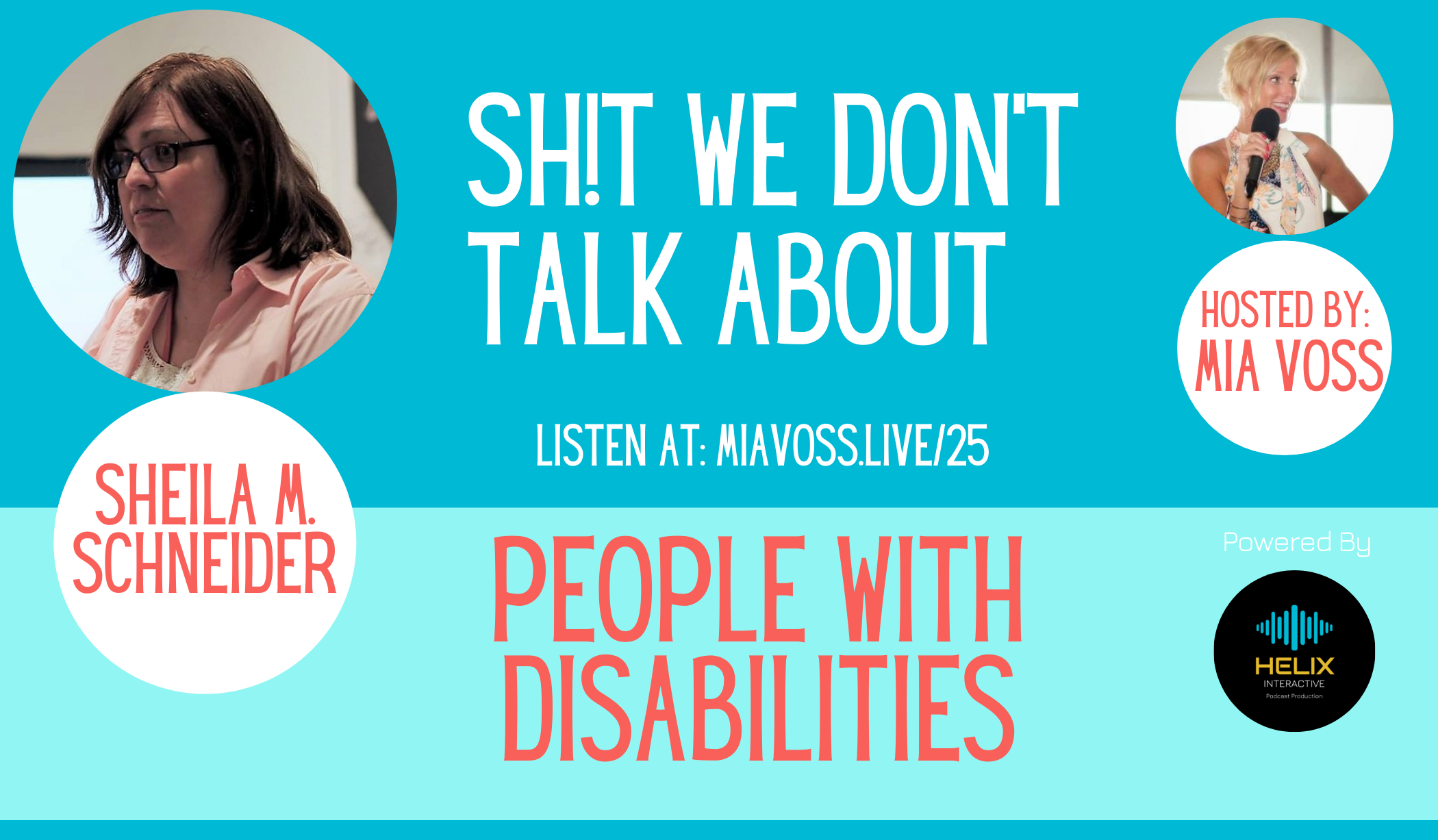

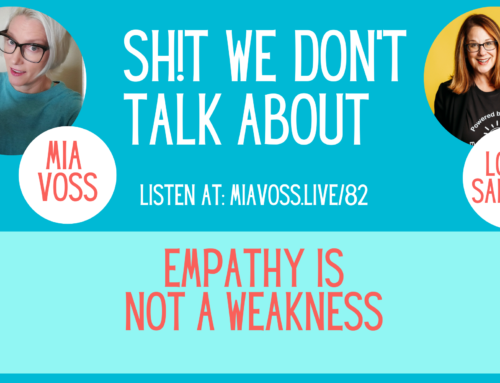
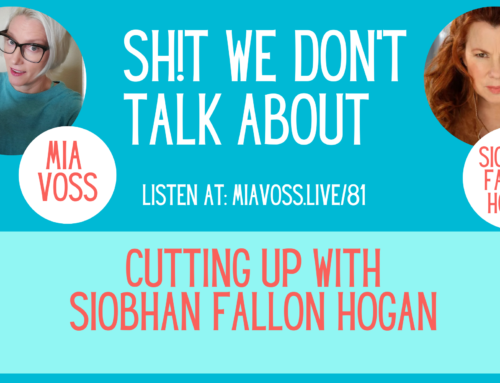
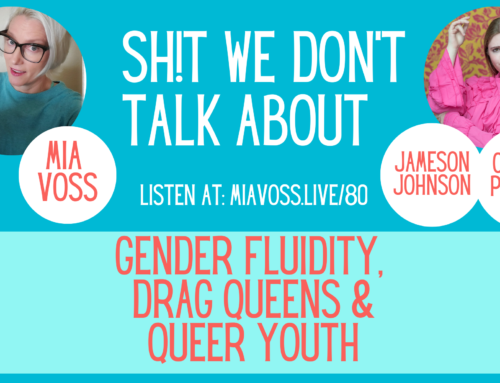

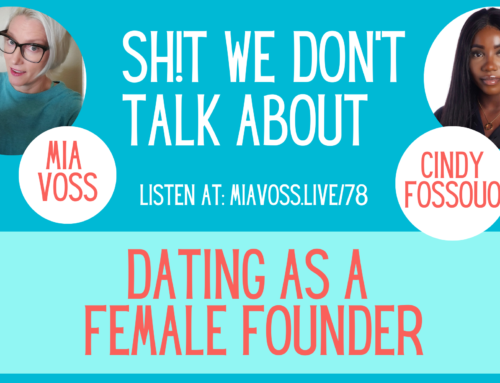

Leave A Comment